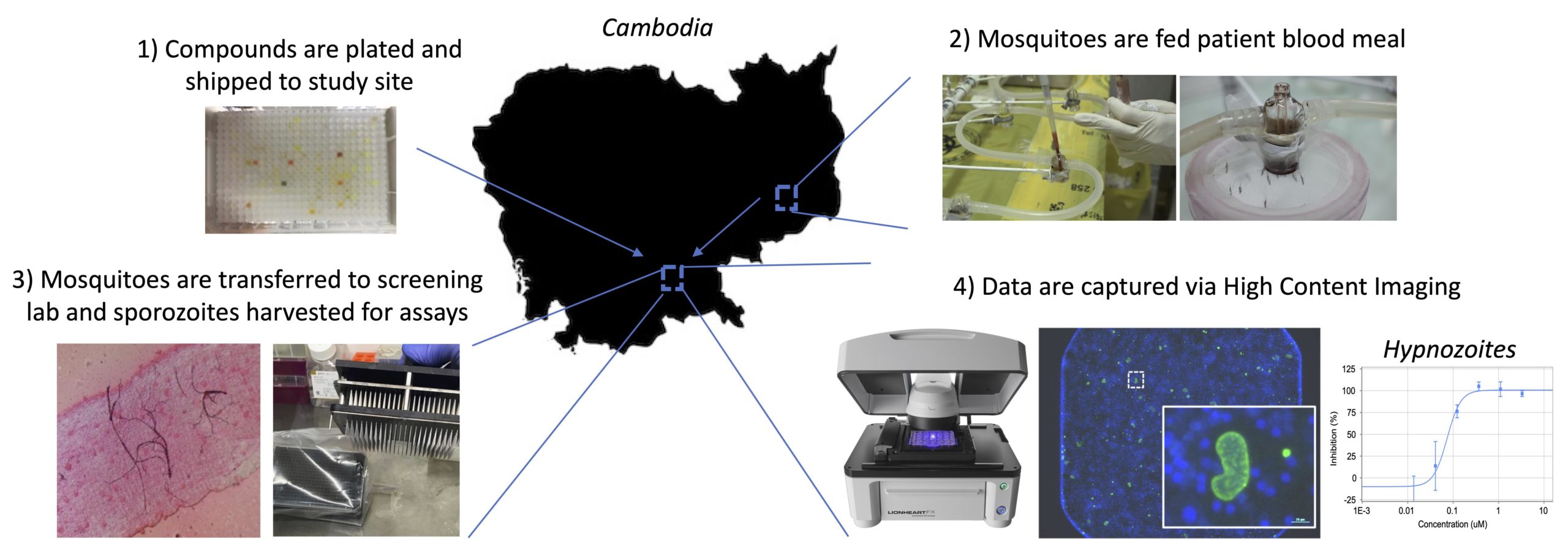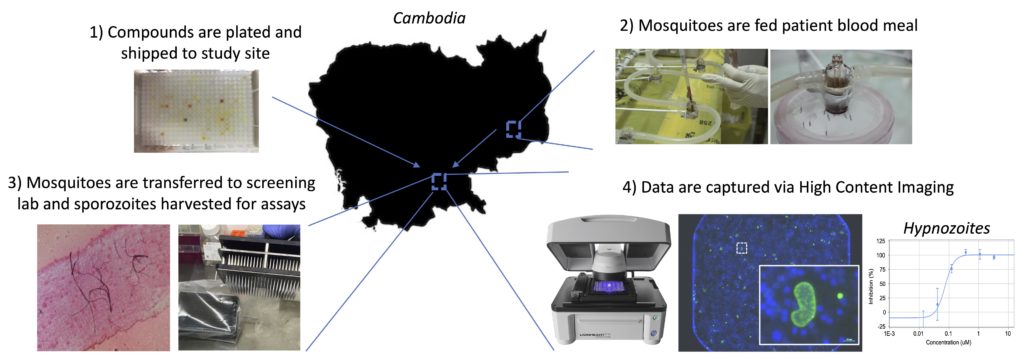Generation of human long-lived plasma cells by developmentally regulated epigenetic imprinting
Antibody secreting cells (ASCs) circulate after vaccination and infection and migrate to the BM where a subset known as long-lived plasma cells (LLPCs) persists and secrete antibodies for a lifetime. The mechanisms by which circulating ASCs become LLPCs are not well elucidated. Here, we show that human blood ASCs have distinct morphology, transcriptomes, and epigenetics compared with BM LLPCs. Compared with blood ASCs, BM LLPCs have decreased nucleus/cytoplasm ratio but increased endoplasmic reticulum and numbers of mitochondria. LLPCs up-regulate pro-survival genes MCL1, BCL2, and BCL-XL while simultaneously down-regulating pro-apoptotic genes HRK1, CASP3, and CASP8 Consistent with reduced gene expression, the pro-apoptotic gene loci are less accessible in LLPCs. Of the pro-survival genes, only BCL2 is concordant in gene up-regulation and loci accessibility. Using a novel in vitro human BM mimetic, we show that blood ASCs undergo similar morphological and molecular changes that resemble ex vivo BM LLPCs. Overall, our study demonstrates that early-minted blood ASCs in the BM microniche must undergo morphological, transcriptional, and epigenetic changes to mature into apoptotic-resistant LLPCs.
Chester J Joyner, Ariel M Ley, Doan C Nguyen, Mohammad Ali, Alessia Corrado, Christopher Tipton, Christopher D Scharer, Tian Mi, Matthew C Woodruff, Jennifer Hom, Jeremy M Boss, Meixue Duan, Greg Gibson, Danielle Roberts, Joel Andrews, Sagar Lonial, Inaki Sanz, F Eun-Hyung Lee. Life Sci Alliance. 2021 Dec 24;5(3):e202101285. doi: 10.26508/lsa.202101285.





